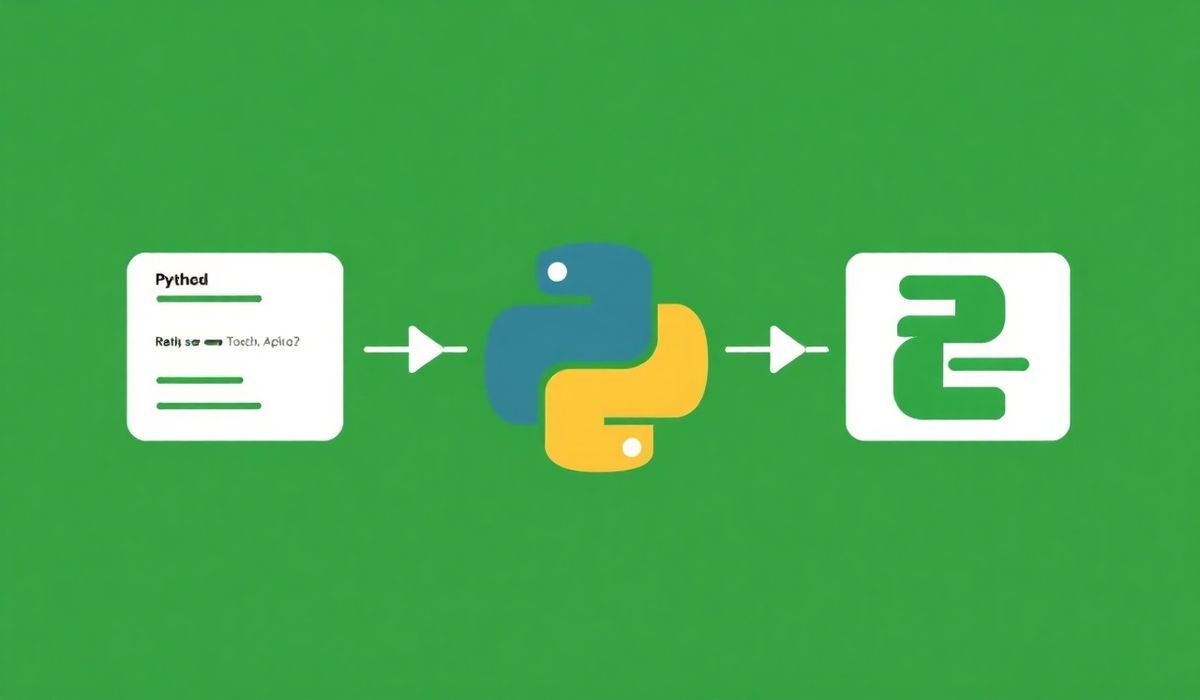Greenlet: A Deep Dive into Lightweight Python Concurrency
Greenlet is a Python library that provides lightweight coroutines for concurrent programming. Unlike threads or traditional multitasking, Greenlets allow you to manage code execution in a cooperative manner, helping you write efficient asynchronous applications. Greenlet underpins libraries such as gevent and is a fundamental concept for Python developers interested in high-performance, cooperative multitasking.
What is Greenlet?
Greenlets are part of the greenlet module and offer a way to jump between different execution contexts in Python. They do not use OS-level threads; instead, they rely on user-space task switching, making them faster and more memory-efficient than threads.
How to Install Greenlet
You can install Greenlet using pip:
pip install greenlet
Greenlet Basics
Below is a basic example to demonstrate how Greenlet works:
from greenlet import greenlet
def task1():
print("Task 1: Start")
gr2.switch()
print("Task 1: Resume")
gr2.switch()
def task2():
print("Task 2: Start")
gr1.switch()
print("Task 2: Resume")
gr1 = greenlet(task1)
gr2 = greenlet(task2)
gr1.switch()
Output:
Task 1: Start Task 2: Start Task 1: Resume Task 2: Resume
Key Greenlet APIs with Examples
1. greenlet.switch()
Allows you to transfer control to another Greenlet.
from greenlet import greenlet
def foo():
print("Foo")
gr_bar.switch() # Switch to bar
print("Returning to Foo")
def bar():
print("Bar")
gr_foo.switch() # Back to foo
gr_foo = greenlet(foo)
gr_bar = greenlet(bar)
gr_foo.switch()
2. greenlet.getcurrent()
Returns the currently executing Greenlet.
from greenlet import getcurrent
current = getcurrent()
print(f"Current Greenlet ID: {id(current)}")
3. dead Property
Checks whether a Greenlet has finished execution.
from greenlet import greenlet
def some_task():
print("Task is running")
gr = greenlet(some_task)
print(gr.dead) # False
gr.switch()
print(gr.dead) # True
4. Nested Greenlets
You can nest Greenlets for more complex workflows.
from greenlet import greenlet
def parent_task():
print("Parent Task: Start")
gr_child.switch()
print("Parent Task: End")
def child_task():
print("Child Task: Start")
print("Child Task: End")
gr_child = greenlet(child_task)
gr_parent = greenlet(parent_task)
gr_parent.switch()
Building an App with Greenlet
Here’s a sample application that mimics a lightweight task scheduler using Greenlet:
from greenlet import greenlet
import time
def task_scheduler():
print("Scheduler: Starting Task 1")
task1.switch()
print("Scheduler: Starting Task 2")
task2.switch()
print("Scheduler: All tasks completed")
def task1_fn():
print("Task 1: Running")
time.sleep(1) # Simulate delay
print("Task 1: Complete")
def task2_fn():
print("Task 2: Running")
time.sleep(1) # Simulate delay
print("Task 2: Complete")
task1 = greenlet(task1_fn)
task2 = greenlet(task2_fn)
scheduler = greenlet(task_scheduler)
scheduler.switch()
Conclusion
Greenlet is a powerful and lightweight library for creating coroutines and managing concurrent execution in Python. Whether it’s for building asynchronous apps or understanding the foundations of gevent, mastering Greenlet can give you a competitive edge in Python concurrency programming. Start exploring Greenlet today, and unlock the true potential of Python’s cooperative multitasking!




